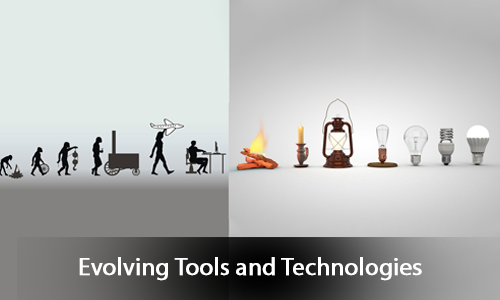What Makes Graphic Design So Captivating?

Introduction

Graphic design is an art form that combines creativity, aesthetics, and communication to create visually compelling experiences. From eye-catching logos and stunning advertisements to captivating website designs and engaging social media content, graphic design plays a pivotal role in shaping how we perceive and interact with the world around us. In this blog, we delve into the power of graphic design, its fundamental principles, and its versatile applications across industries, showcasing its ability to transform and elevate visual communication.
Visual Storytelling through Design

Graphic design is a powerful tool for visual storytelling. By leveraging typography, color palettes, imagery, and layout, designers can evoke emotions, convey narratives, and capture attention. Whether it's a magazine spread, a book cover, or an infographic, graphic design brings stories to life in a visually compelling and memorable way. Design elements and principles such as hierarchy, balance, contrast, and whitespace are meticulously employed to guide the viewer's eye and enhance the overall message, ensuring effective communication through visuals.
Brand Identity and Logo Design

Creating a strong brand identity is crucial for businesses, and graphic design plays a key role in this process. Logos, as the visual representation of a brand, serve as a cornerstone for brand identity. Skilled graphic designers craft logos that encapsulate a brand's essence, values, and personality. Through thoughtful consideration of typography, color psychology, and symbolism, designers create impactful logos that leave a lasting impression, fostering brand recognition and establishing a connection between businesses and their target audiences.
Impactful Advertising and Marketing Collateral

Graphic design is instrumental in creating compelling advertising and marketing collateral. From print materials such as brochures, posters, and flyers to digital assets like social media graphics and online advertisements, design elements are used strategically to attract attention, convey messages, and persuade viewers. Effective use of color, typography, imagery, and composition can captivate audiences, drive engagement, and ultimately influence consumer behavior, making graphic design an essential component of successful marketing campaigns.
User-Centered Interface Design

In the digital realm, graphic design plays a crucial role in user interface (UI) design. Intuitive and visually appealing interfaces enhance user experiences and facilitate seamless interactions with websites, applications, and software. Graphic designers collaborate with user experience (UX) designers to create interfaces that are visually pleasing, easy to navigate, and aligned with user expectations. Through thoughtful use of visual hierarchy, iconography, color schemes, and typography, designers ensure that interfaces are both aesthetically pleasing and functional.
Wayfinding and Environmental Design

Graphic design extends beyond the digital realm and encompasses physical spaces as well. Wayfinding and environmental design utilize design principles to guide people through spaces, enhancing navigation and creating cohesive experiences. From signage systems in airports and public spaces to branding and visual communication within retail environments, graphic design elements such as typography, iconography, and color are used strategically to provide clear directions, create visual harmony, and establish a sense of place.
Collaboration with Other Creative Disciplines

Graphic design often intersects and collaborates with other creative disciplines, such as photography, illustration, and motion design. By integrating different art forms, designers can create visually rich and
Evolving Tools and Technologies

The field of graphic design is continuously evolving, driven by advancements in technology and design tools. Design software, such as Adobe Creative Suite, provides designers with a wide range of tools and capabilities to unleash their creativity. Additionally, emerging technologies like virtual reality, augmented reality, and interactive design offer new avenues for graphic designers to push boundaries and create immersive and interactive visual experiences that were once unimaginable.
Ethical Considerations in Graphic Design

Graphic designers also bear the responsibility of ethical considerations. They must be mindful of cultural sensitivities, avoid plagiarism or copyright infringement, and adhere to industry standards and best practices. Designers should strive for inclusivity, diversity, and accessibility in their designs, ensuring that their work is accessible and enjoyable to a broad range of individuals. By embracing ethical guidelines, graphic designers can contribute to positive and responsible visual communication.
Conclusion
Graphic design is a dynamic and influential discipline that shapes our visual experiences. From storytelling and brand identity to advertising, UI/UX design, and environmental design, graphic design has a profound impact across industries. As technology advances and creativity evolves, the role of graphic design will continue to expand, creating engaging and memorable visual experiences that inspire, inform, and connect with audiences in a meaningful way.
